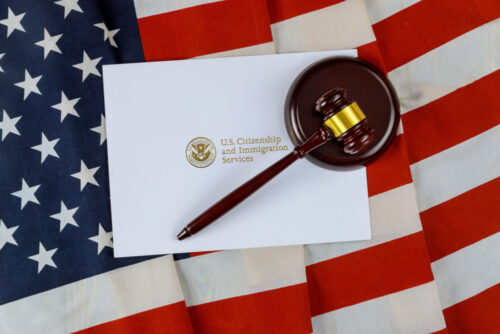
The Department of Homeland Security (DHS) recently announced a landmark update to the H-1B visa program, introducing significant changes aimed at modernizing the system and addressing the growing needs of U.S. businesses. Read this blog and reach out to a seasoned New York City immigration lawyer from the Lightman Law Firm to learn more about the new H-1B rule and what it may mean for you. Here are some of the questions you may have:
What Are the Key Goals of the New H-1B Rule?
This updated rule serves three primary purposes. They are as follows:
- Streamlining the Approval Process: Reducing administrative burdens on employers.
- Increasing Flexibility: Ensuring U.S. businesses can retain top talent in critical fields.
- Enhancing Oversight and Integrity: Strengthening safeguards to maintain the program’s compliance with labor laws and U.S. worker protections.
How Will the Rule Impact Employers?
Employers will benefit from several modernizations to the H-1B process, such as:
- The rule updates the definition and requirements for specialty occupations, ensuring a clearer framework for positions eligible under the program.
- Nonprofits and government research entities that are exempt from annual visa caps will experience greater clarity and benefits under the updated guidelines.
- Employers can expect faster application processing for workers previously approved for H-1B status, reducing delays in bringing talent onboard.
What Does This Mean for H-1B Workers and F-1 Students?
For current and aspiring H-1B workers, the final rule offers several important benefits, such as:
- Improved Transition for F-1 Students: Flexibilities have been extended to ensure that international students on F-1 visas transitioning to H-1B status can avoid disruptions in their legal status and employment.
- Eligibility for Entrepreneurs: H-1B beneficiaries with a controlling interest in their petitioning organization are now eligible for the visa, provided they meet reasonable conditions.
What Measures Have Been Introduced to Strengthen Program Integrity?
To ensure the program remains fair and lawful, DHS has introduced several safeguards, including:
- USCIS now has enhanced authority to conduct inspections and impose penalties for noncompliance.
- Employers must demonstrate that a bona fide position in a specialty occupation exists as of the worker’s start date.
- The new rule clarifies that a valid Labor Condition Application must align with the H-1B petition, and employers must have a legal presence in the United States.
What Should Employers and Workers Know About the New Form I-129?
Starting January 17, 2025, USCIS will require the updated version of Form I-129, Petition for a Nonimmigrant Worker, for all H-1B petitions. Employers should prepare for this transition, as there will be no grace period for using the previous version of the form. A preview of the new form will soon be available on the USCIS website, allowing stakeholders to familiarize themselves with the changes ahead of time.